Looking for the best vegetables to BBQ? Here are the top 10 vegetables that grill perfectly, each with expert tips on preparation and cooking. Whether you're a beginner or a pro, these veggies will elevate your BBQ game.
Top 10 Best Vegetables to BBQ
1. Bell Peppers
Bell peppers are a BBQ staple. Their thick flesh holds up well on the grill, and their natural sweetness becomes even more pronounced when charred. Try roasting them whole or slicing them into strips. They pair well with anything from fajitas to kebabs.
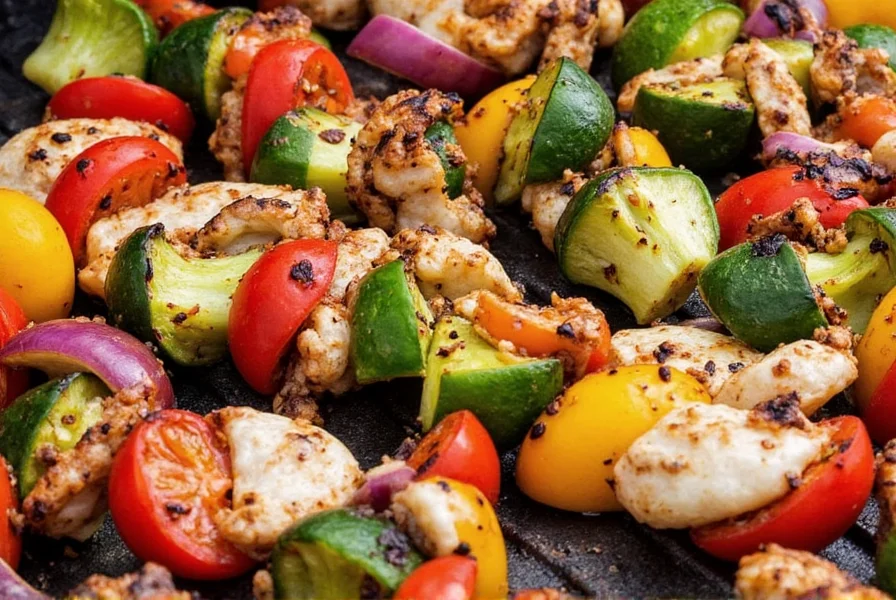
2. Zucchini
Zucchini is one of the most versatile vegetables for grilling. Slice it into rounds or cut it into sticks and toss with olive oil, salt, and pepper. It gets nicely charred and develops a slightly nutty flavor. Add some herbs like basil or oregano for an extra kick.
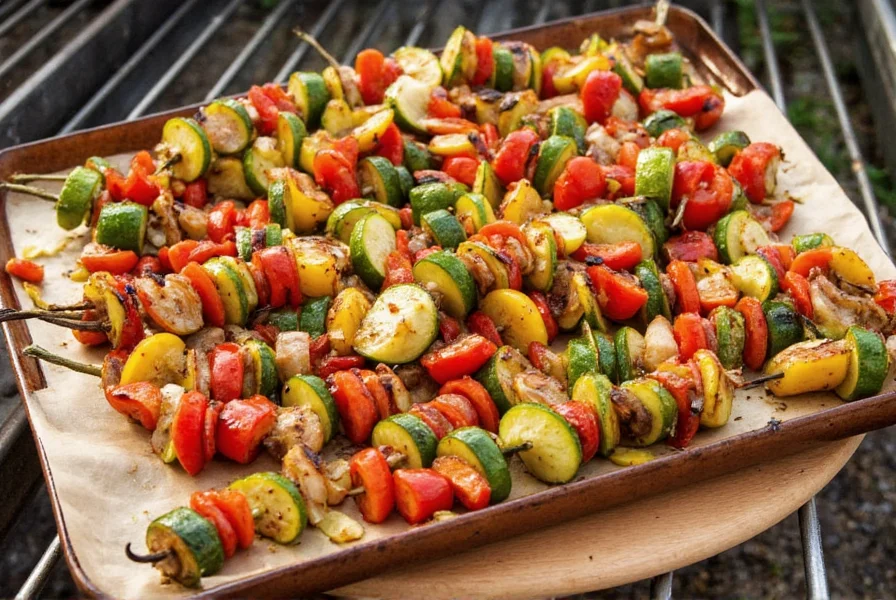
3. Eggplant
Eggplant is a bit trickier but totally worth the effort. Brush it with oil and grill until tender and slightly charred. The skin becomes crispy, and the inside stays soft and creamy. Serve it with a drizzle of balsamic glaze or hummus for a delicious twist.
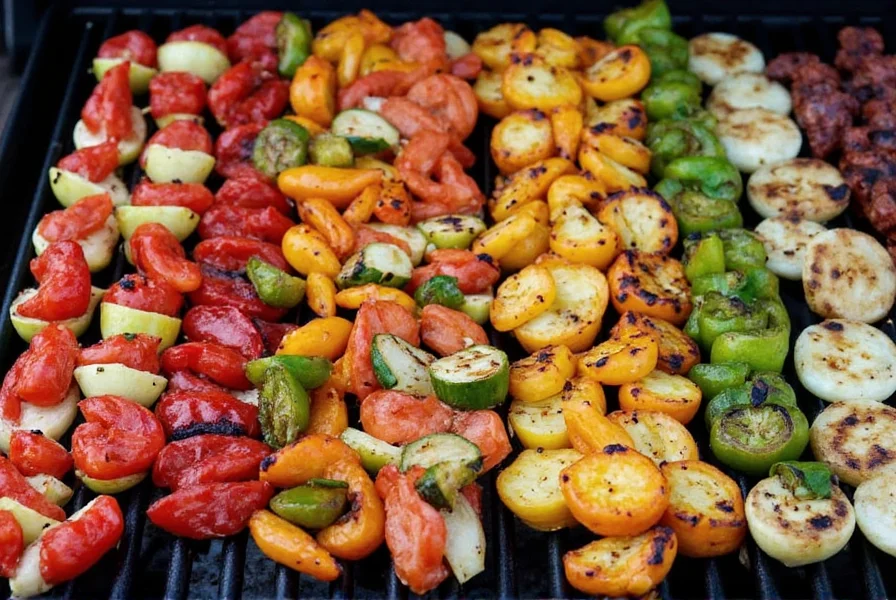
4. Corn on the Cob
There's nothing like grilled corn. Slather it with butter, sprinkle with salt, and grill over medium heat. The sugars caramelize, giving it that sweet, smoky flavor that everyone loves. For a gourmet touch, try brushing it with garlic butter or chili-lime seasoning.
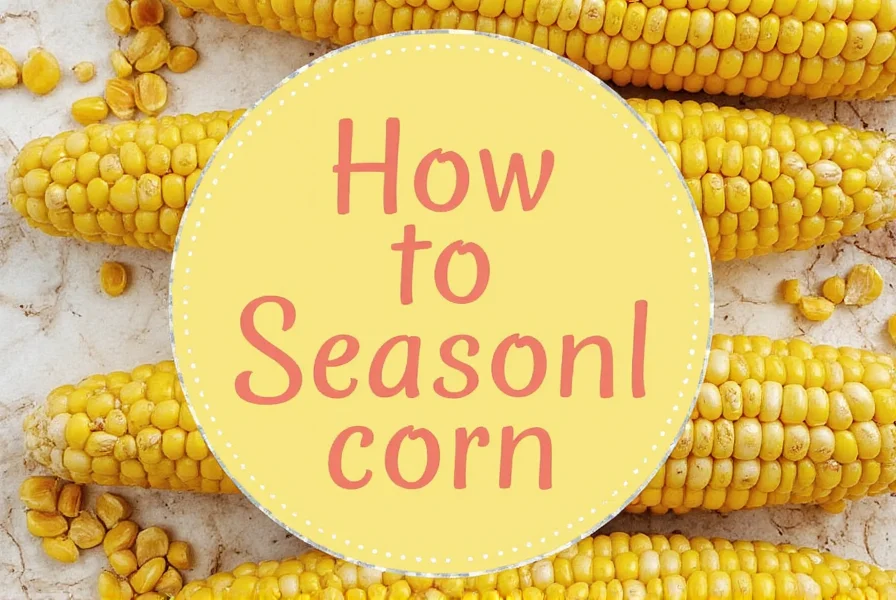
5. Mushrooms
Mushrooms are a fantastic option for grilling. Portobello mushrooms, in particular, are meaty and hold up well on the grill. Brush them with olive oil, season with salt and pepper, and grill until they develop a nice sear. They're perfect as a burger substitute or added to salads.
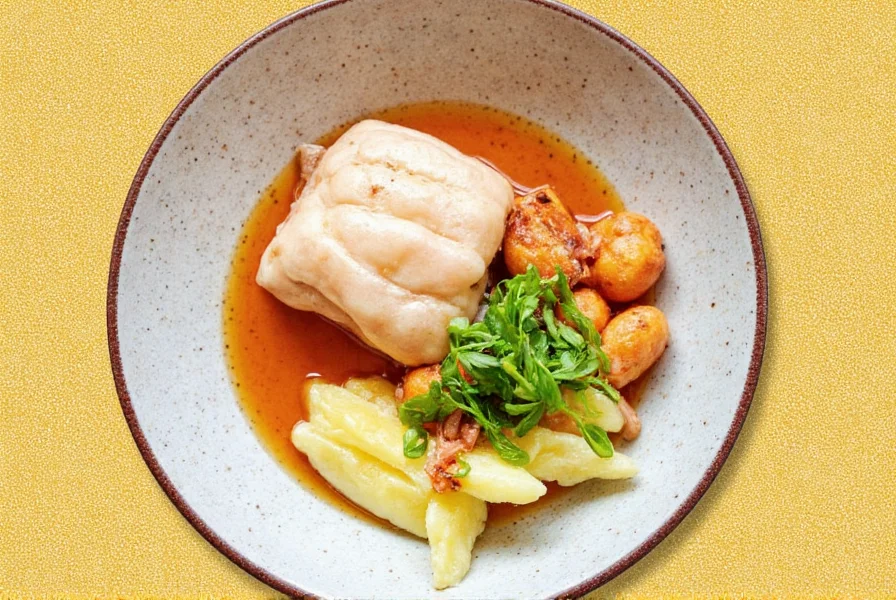
6. Asparagus
Asparagus is another excellent vegetable for the grill. Toss it with olive oil, salt, and pepper, then grill until tender and slightly charred. You can also wrap it in bacon for a rich, smoky flavor. The key is not to overcook it—just a few minutes on each side should do the trick.
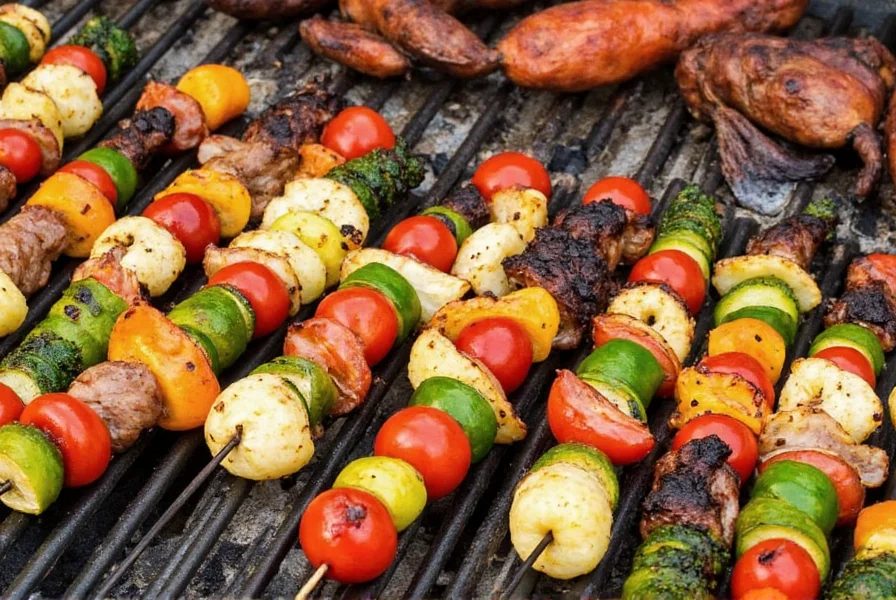
7. Sweet Potato
Sweet potatoes are a hearty choice for grilling. Cut them into fries or slices and toss with oil and spices like paprika, cumin, or cinnamon. They become crispy on the outside and soft on the inside, making them a crowd-pleaser. Pair them with a spicy dipping sauce for extra flavor.
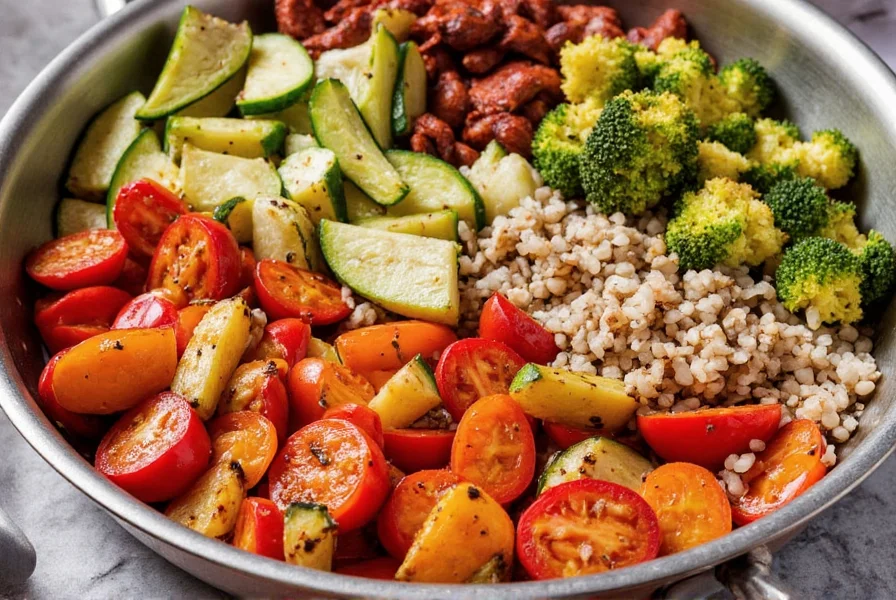
8. Onions
Onions are a classic addition to any BBQ. Slice them into rings or cubes and grill until caramelized. They add a sweet, savory depth to burgers, sandwiches, and kebabs. For extra flavor, try marinating them in balsamic vinegar or honey before grilling.

9. Cauliflower
Cauliflower might seem like an odd choice for the grill, but it's actually a game-changer. Toss it with oil, garlic, and herbs, then grill until tender and slightly charred. It's a great low-carb alternative to rice or pasta and pairs well with a variety of sauces.
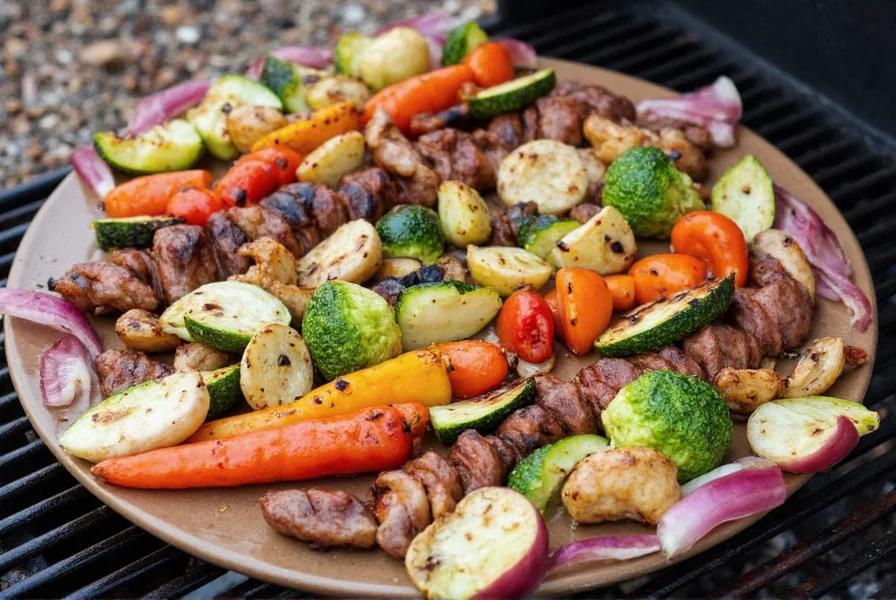
10. Cherry Tomatoes
Cherry tomatoes are small but mighty. Toss them with olive oil, salt, and herbs, then grill until they blister and burst. They add a fresh, juicy flavor to any dish and are perfect for topping pizzas, salads, or skewers.
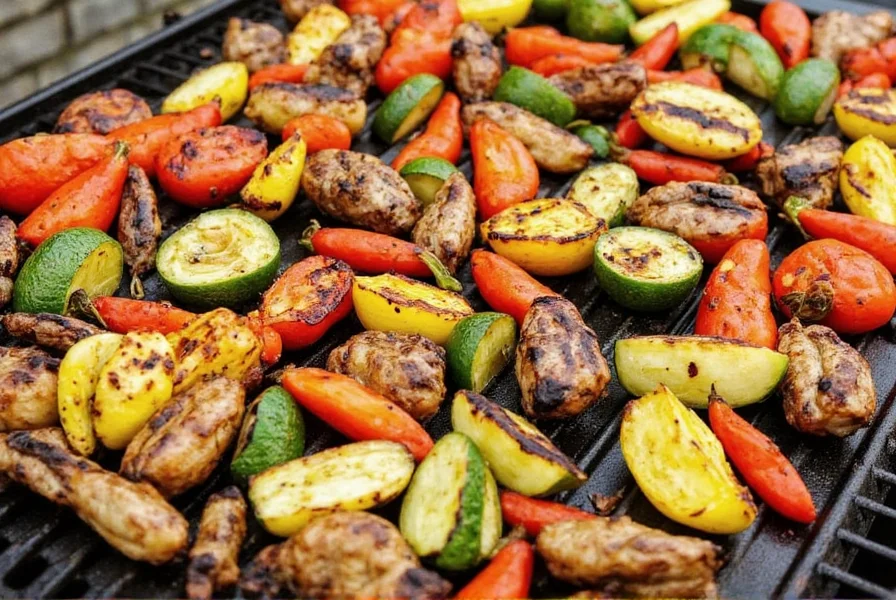
Pro Tips for Grilling Vegetables Like a Pro
Grilling vegetables doesn't have to be complicated, but a few tips can help you achieve restaurant-quality results:
- Use a grill basket or skewers to prevent smaller pieces from falling through the grates.
- Brush with oil to prevent sticking and enhance flavor.
- Don't overcrowd the grill—give each piece enough space to cook evenly.
- Season generously with salt, pepper, and your favorite herbs or spices.
- Keep an eye on the heat—some vegetables can burn quickly, especially if the grill is too hot.
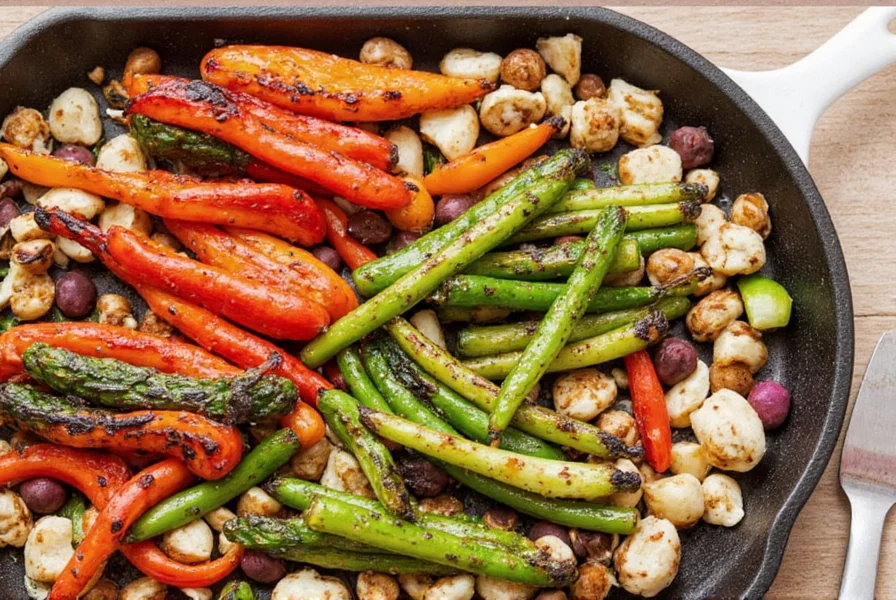
| Vegetable | How to Choose | Best Use |
|---|---|---|
| Bell Peppers | Look for firm, shiny skin with no bruises or wrinkles. | Grilling, roasting, or stuffing. |
| Zucchini | Choose small to medium-sized ones with smooth, unblemished skin. | Grilling, sautéing, or baking. |
| Eggplant | Opt for firm, heavy ones with glossy skin and no soft spots. | Grilling, roasting, or using in dips. |
| Corn on the Cob | Check the husks—they should be green and tightly wrapped around the cob. | Grilling, boiling, or roasting. |
| Mushrooms | Choose firm, dry ones without any slimy patches or discoloration. | Grilling, sautéing, or adding to soups and stews. |
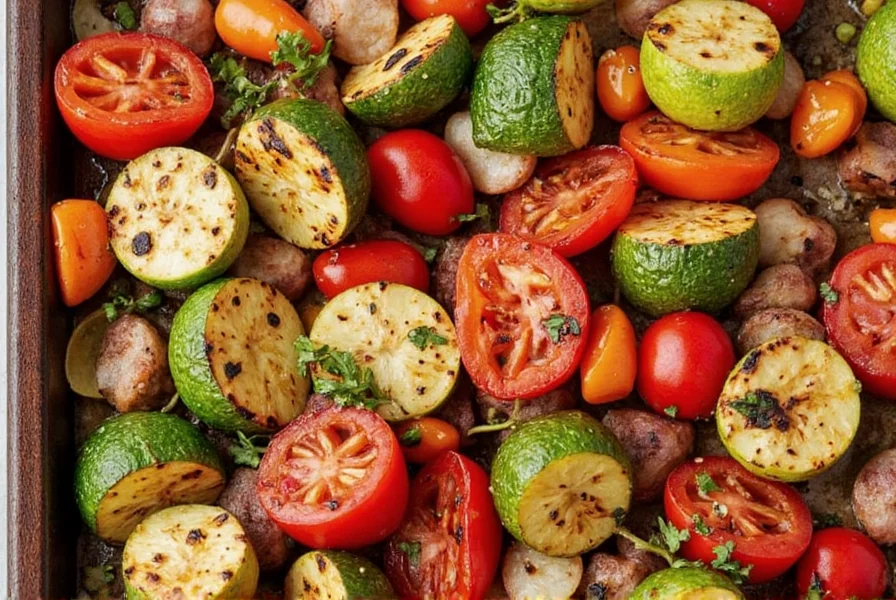
Frequently Asked Questions
What vegetables are easiest for beginners to grill?
For beginners, bell peppers, zucchini, and corn on the cob are the easiest vegetables to grill. They're forgiving, hard to burn, and require minimal preparation. Simply slice bell peppers into strips, cut zucchini into rounds, and leave corn in its husk (soaking it first for best results). These vegetables have high water content and sturdy structures that make them perfect for first-time grillers.
How long should I grill different vegetables?
Grilling times vary by vegetable: Bell peppers (8-10 minutes), zucchini (4-6 minutes per side), eggplant (5-7 minutes per side), corn (15-20 minutes), mushrooms (4-6 minutes per side), asparagus (3-5 minutes), sweet potatoes (10-15 minutes), onions (8-10 minutes), cauliflower (10-12 minutes), and cherry tomatoes (2-3 minutes). Always watch for visual cues like char marks and tenderness rather than strictly timing.
Do I need to marinate vegetables before grilling?
While not required, marinating can enhance flavor. A simple oil-based marinade with olive oil, salt, pepper, and herbs works well for most vegetables. Denser vegetables like sweet potatoes and eggplant benefit from 30 minutes to 2 hours of marinating, while more delicate vegetables like zucchini and asparagus only need 15-20 minutes. Avoid sugary marinades that can cause burning.
Can I grill frozen vegetables?
It's not recommended to grill frozen vegetables directly. They contain too much moisture, which causes steaming instead of proper grilling and can lead to flare-ups. Always thaw and pat vegetables completely dry before grilling. For best results, use fresh, in-season vegetables which have better texture and flavor when grilled.
What's the ideal grill temperature for vegetables?
Medium heat (around 350-400°F) is ideal for most vegetables. High heat works well for quicker-cooking vegetables like asparagus and cherry tomatoes, while lower heat is better for denser vegetables like sweet potatoes and whole onions. Avoid extreme temperatures - too hot and vegetables burn before cooking through; too low and they become soggy instead of getting those desirable char marks.
How do I prevent vegetables from sticking to the grill?
To prevent sticking, make sure your grill grates are clean and well-oiled. Brush vegetables with oil (not just the grill) before placing them on the grates. Wait until vegetables release naturally from the grill before flipping - forcing them can cause sticking and breakage. Using a grill basket or skewers for smaller pieces also helps prevent sticking and falling through the grates.
Conclusion
Grilling vegetables isn't just a healthy choice—it's a delicious and flavorful way to enjoy your BBQ. With the best vegetables to BBQ like bell peppers, zucchini, eggplant, and more, you can create a vibrant, smoky dish that everyone will love. Whether you're a novice or a pro, these tips and tricks will help you master the art of grilled veggies. So fire up the grill, and don't forget to add a few of these amazing vegetables to your menu!
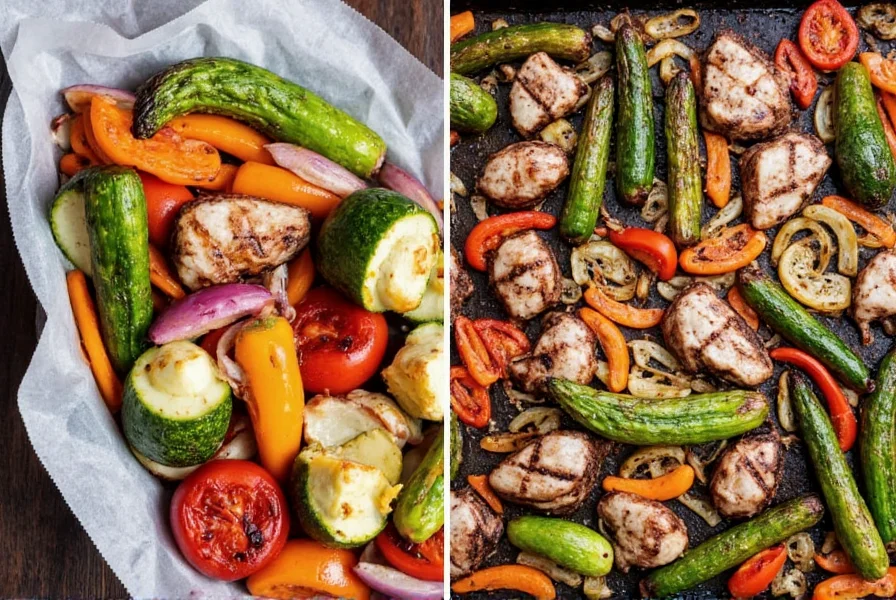

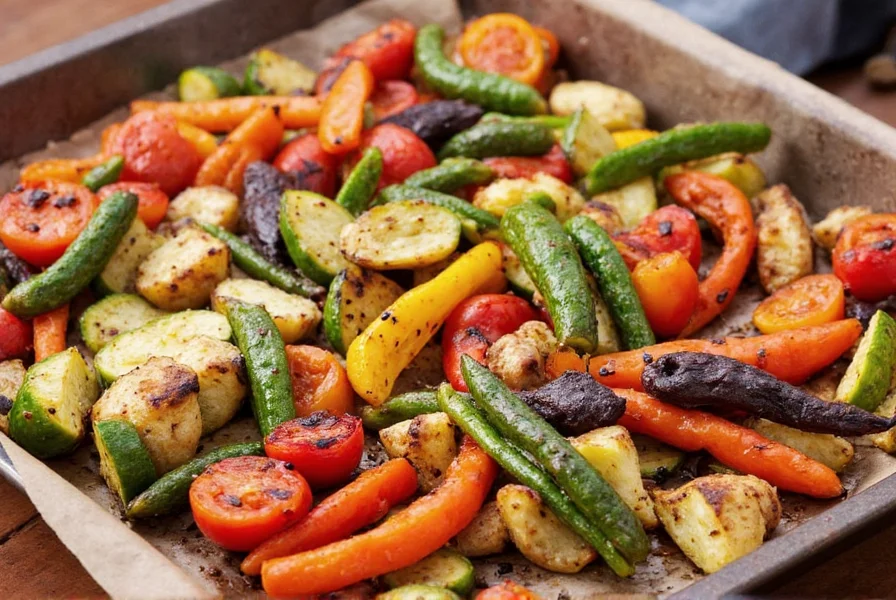









 浙公网安备
33010002000092号
浙公网安备
33010002000092号 浙B2-20120091-4
浙B2-20120091-4